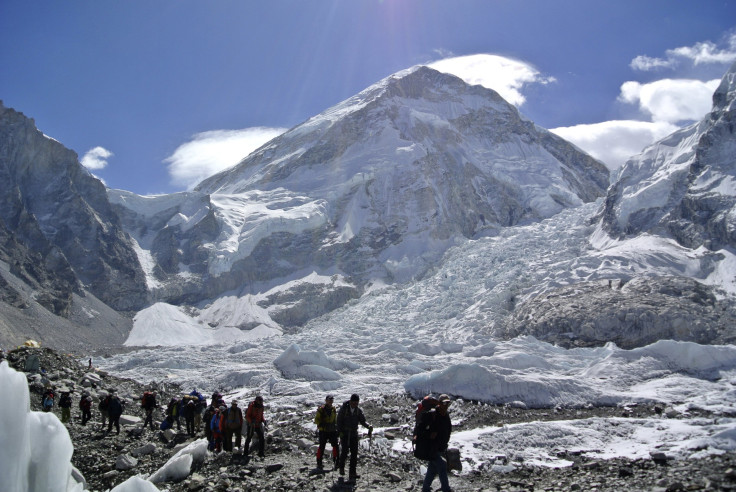US Marine Who Lost Right Leg Serving In Afghanistan To Climb Mount Everest

A former U.S. Marine, who lost a leg while serving in Afghanistan, will attempt to scale Mount Everest next month. Charlie Linville, 29, had his right leg amputated from the knee down after being injured in an explosion in Afghanistan in 2011.
Linville reportedly has taken up the task to inspire others like him to rise to challenges, according to the Associated Press. Linville is currently in Nepal and will travel to Tibet to scale the world’s highest peak, which stands 8,850 meters (29,035 feet). He will use a specially designed metal foot outfitted with a climbing boot and another one with crampons to complete the task. In 2013, Arunima Sinha of India became the first female amputee to climb the mountain, which draws hundreds of climbers from around the world each year.
And while the challenge of climbing the world's highest peak continues to draw an increasing number of people, it also has invited criticism about the rise in the number of inexperienced climbers, guided by tour groups, on the mountain's slopes. Last April, at least 12 people, mostly Nepali Sherpas, were killed in an avalanche, which started at an altitude of over 20,000 feet.
But despite the risks involved, spring is the busiest climbing season on the mountain. Last year, about 334 foreign climbers, assisted by about 400 Sherpas, were given permission to climb Everest.
© Copyright IBTimes 2025. All rights reserved.






















